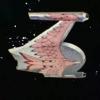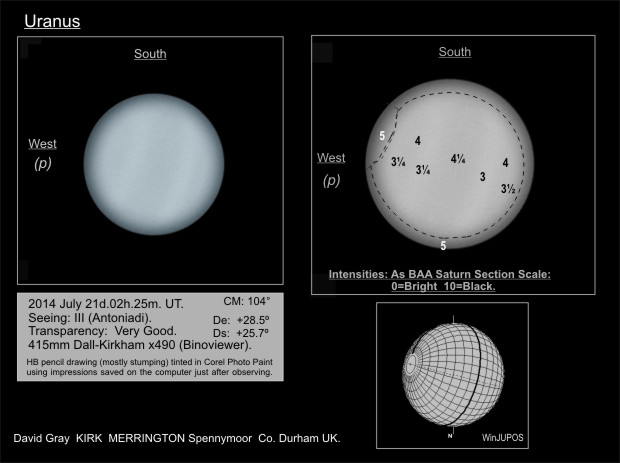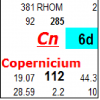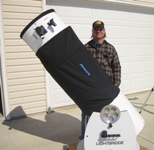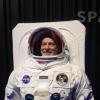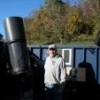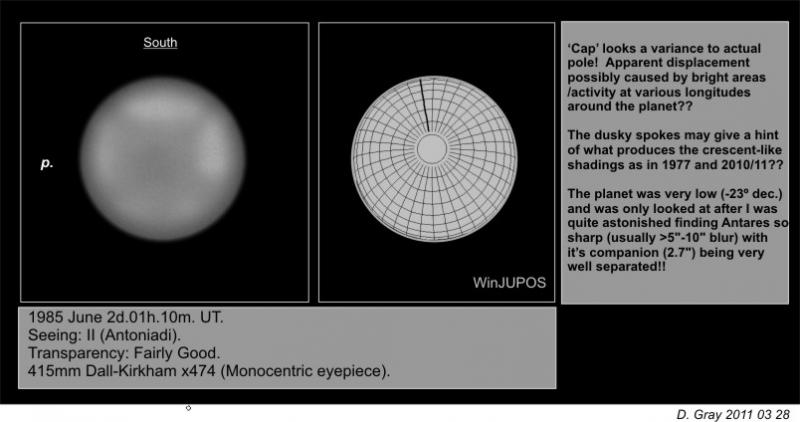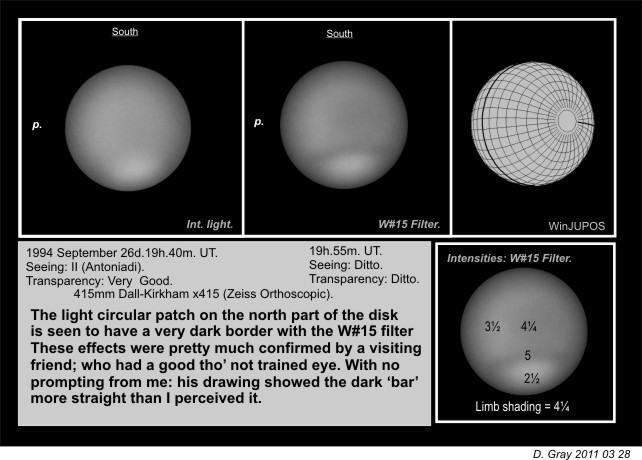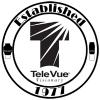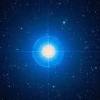I've lurking in these uranus threads with interest following the discussion about seeing features on it. I'll put forward my own observations.
Uranus Aug 28 2011. 8" F6 Newt. Seeing held up and got excellent view of the planet at 342x. I had to increase power, up to 480x I could see two very faint blips of light a similar distance approx north and south of the globe. Uranus itself was nice and crisp even at this magnification with only mild blurring in the seeing. CdC revealed these to be the moons Oberon (mag 14.2) and Titania (mag 14.0). Very faint for an 8" scope in an outer suburb location so was thrilled with my observations. Increasing mag to 600x again improved the visibility of the moons. Tried to eek out detail on Uranus itself, but the thing is just too small and thus very sensitive to even the slightest seeing disturbance, and this is ofcourse compounded by the extreme low contrast of any features that might be present.
Uranus Aug 12, 2011. 8" F6 Newt. Seeing was good enough that I could use 375x on the 8" dob with a nice crisp greenish-blue disk. Some people claim they can see markings on Uranus, I couldn't see any, just a uniformly coloured disk. The planet was located on the 'border' of a triangle bounded by 3 stars.... looking it up in Cartes Du Ciel, it turns out one of these "stars" is actually Titania, presently at mag 14.0! Not bad considering the moonlight and only 8" aperture. Difficult to glimpse ofcourse, but at 480x the moon was held quite easily when concentrating on the area.
Welcome to the club of observers having seen on Uranus !
Uranus is one of the planets that depends on the sky conditions more than the others. By the sky transparency and seeing conditions.
This is influencing the light level of the surface disk considering the sky transparency, contrast degradation by the seeing.
These parameters are sensitive on the final results.
Other points are to be considered:
uranus features are not constant in contrast
the contrast levels are faint to very faint.
the methane absorption rays on the light spectrum needs to be considered. The "contrast" of each ray is on relation with the wavelength, high in IR, low in NIR, very low in R, unsignificant in G and more in blue (but not null).
Visually we are interrested by the R channel that provides still albedo features accessible to observers (owning some personal characteristics or abilities with experience and training long term).
Now 200mm aperture is possible but hard to employ due to the size of the planet at the eyepiece. A minimum size occuring an optimum surface brightness is needed for theorical perception. Optimum depends on the observer. For me 350-360 x is the optimum on uranus using a 200mm under a good sky transparency (m5.0 stars seen at the zenith). No less 6-7/10 images for keeping the contrasts at the eyepiece. This is easily checked watching a star near the planet and quoting the diffraction pattern under the said condition.
Hope this makes clear and hope you will participate on the survey, even with the 200mm. Publish your data on the Alpo japanese, I would say.
Now what can be shown in IR is not obligatory the carbon copy of the NIR pattern, then the R and so on. We should note some differences but not deeply.
Each wavelength of observation corresponding to a depth in the atmosphere.
Regarding the spots on current to-day, they are located on the upper layers of the atmosphere (as per the alert bulletin) sothat observations in pure R channel are not only welcome but requested. Visually the use of a yellow filter (W8-W12 max will be an help).
Stanislas-Jean


